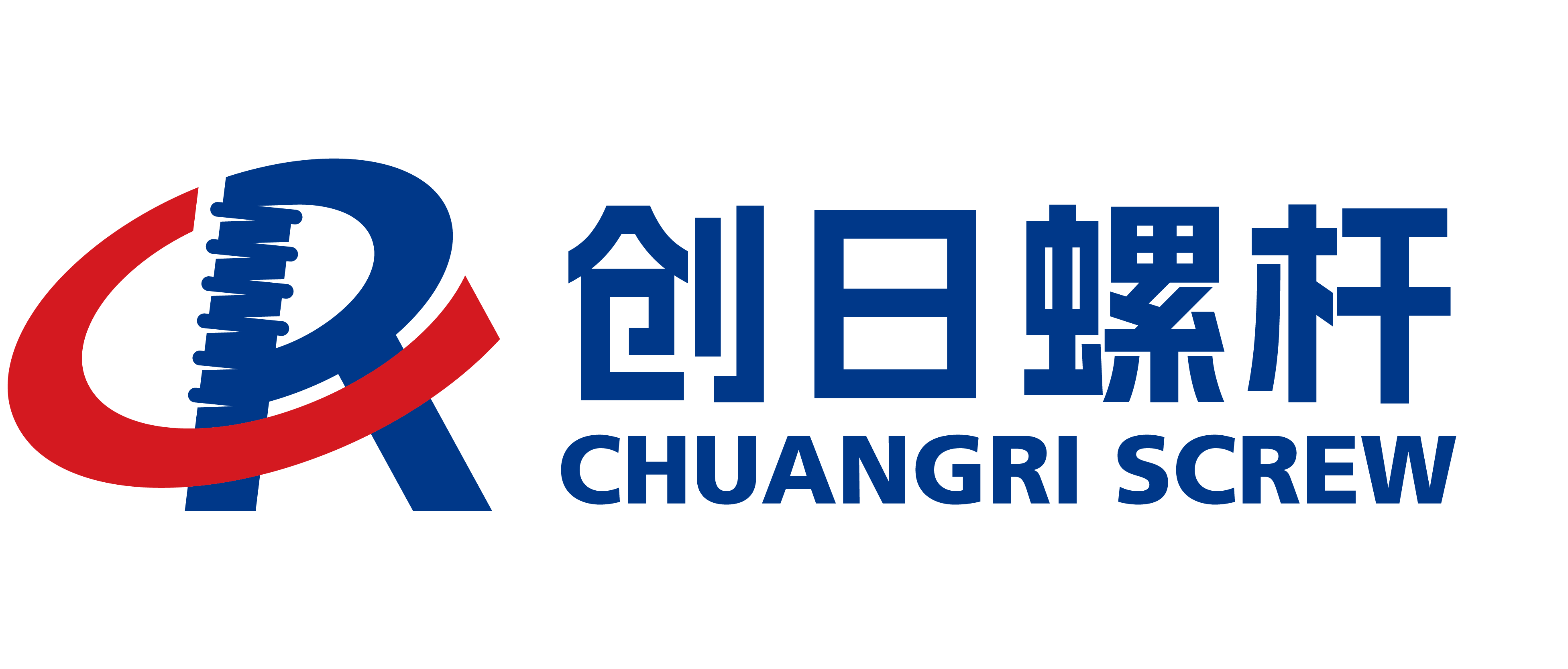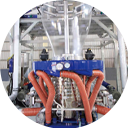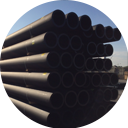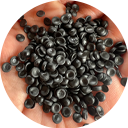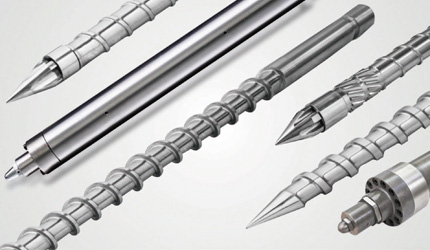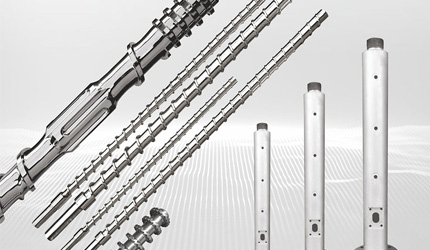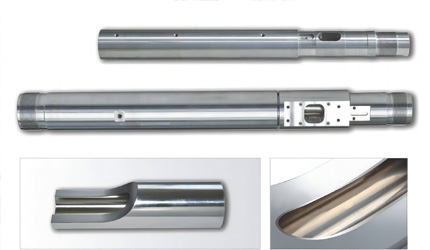Exploring Feed Screw Repair Methods: Enhancing Barrel Longevity
Exploring Feed Screw Repair Methods: Enhancing Barrel Longevity
Feed Screw and Barrel Wear in Extrusion and Injection Molding
Feed screw and barrel wear is a common challenge in extrusion and injection molding. Over time, heat, resin abrasion, and constant pressure cause surface damage. This affects production efficiency. Feed screw repair and barrel longevity are not just maintenance tasks. They are critical for product quality and cost control.
Common Causes of Feed Screw Wear in Plasticizing Equipment
The main reason for feed screw wear is constant friction between plastic resins and metal surface. Fillers like glass fiber, calcium carbonate, or flame retards speed up the wear. Moreover, unsuitable design of the screw or wrong selection of material lowers the lifespan of the screw.
How Barrel Longevity Is Reduced by Heat, Pressure, and Resin Abrasion
Barrels face tough conditions. They endure high heat above 300°C, strong mechanical forces, and harsh additives. These factors slowly weaken hardness, create tiny cracks, and harm melt consistency. This leads to more waste and frequent machine stops.
Warning Signs That Indicate Feed Screw and Barrel Repair Is Needed
Manufacturers should watch for these signs:
- Inconsistent melt quality is causing bubbles or dark spots in products.
- Lower output capacity even with unchanged settings.
- Higher energy use due to worn screw flights or barrel surfaces.
- Strange noises or vibrations from a poor screw-barrel fit.
When these signs appear, professional feed screw repair is needed quickly. This prevents major equipment breakdowns.
Proven Feed Screw Repair Methods for Longer Barrel Service Life
Repair methods depend on wear level and resin type. Each method aims to restore surface strength, boost corrosion resistance, and ensure accurate dimensions.
Nitriding Heat Treatment to Improve Feed Screw Surface Hardness
Nitriding is a heat process. It adds nitrogen to the screw surface, creating a hard layer of HV900–1000. This boosts wear resistance and heat stability. It works well for common resins like PP, PE, and ABS.
Bimetallic Coatings and Centrifugal Casting for Durable Screw and Barrel Performance
For tough or corrosive uses, bimetallic coatings provide strong protection. Centrifugal casting applies nickel-based alloys inside the barrel. This forms a dense, even liner with hardness up to 62 HRC. It greatly extends barrel longevity.
|
Repair Method |
Hardness Achieved |
Best Application |
Service Life Improvement |
|
Nitriding |
HV900–1000 |
General-purpose plastics |
1.5–2x |
|
Bimetallic Coating |
58–62 HRC |
High filler or corrosive resins |
3–4x |
|
Quenching & Tempering |
HB260–280 |
Core strengthening |
1.2–1.5x |
Quenching and Tempering in Screw Repair to Strengthen the Core Structure
Quenching heats the screw to 1100°C and cools it fast to form martensite. Tempering is used to reduce brittleness. This improves toughness and core strength. It’s key for large screws in extrusion lines.
Chrome and Titanium Electroplating for Corrosion-Resistant Barrel Longevity
Electroplating adds a thin, strong layer (10–50 μm) of chromium or titanium. This improves smoothness and fights corrosion. It’s cost-effective and reduces resin buildup in barrels.
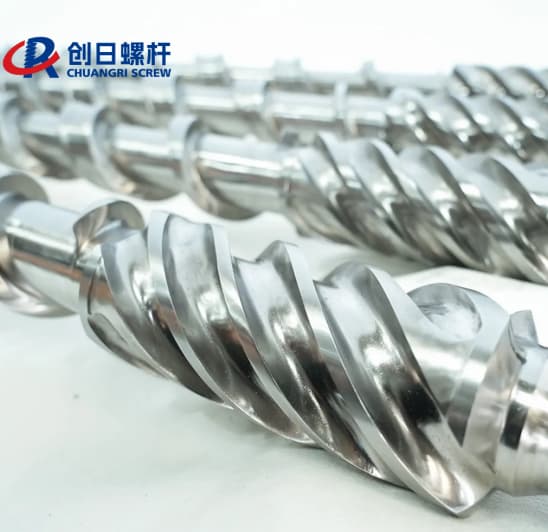
Advanced Feed Screw Refurbishing and Re-Engineering Methods
Beyond basic repairs, advanced refurbishing adapts screws for modern high-performance polymers and composite resins.
CNC Machining and Thread Re-Milling for Precise Screw Profile Restoration
CNC machining re-mills worn screws to restore their original shape. This ensures accurate feeding, compression, and metering. It cuts energy loss and improves melt consistency.
HVOF Tungsten Carbide Spraying for High Abrasion Resistance in Extrusion Screws
High Velocity Oxy-Fuel (HVOF) spraying applies tungsten carbide at high speed. It bonds tightly to the screw surface. This method suits abrasive materials like PVC with over 30% CaCO₃.
Custom Feed Screw Geometry to Match Different Plastics and Extend Barrel Life
Re-engineering tailors screws for specific resins. For example:
- Barrier screws improve melt uniformity.
- Pin mixing screws enhance color masterbatch spread.
- Vented screws reduce moisture in recycled resins.
These changes not only fix screws but also boost performance.
How Feed Screw Repair Improves Barrel Longevity and Extrusion Efficiency
Good repair ensures barrels and screws work well together. This reduces downtime and boosts productivity.
Reducing Downtime and Maintenance Costs with Professional Screw Refurbishing
Unexpected downtime can cost thousands per hour. Regular refurbishing prevents sudden replacements. It saves time and money.
Enhancing Melt Homogeneity and Product Quality Through Screw Repair
Repaired screws with improved profiles ensure steady melt flow. This cuts waste and improves extrudate quality. It’s vital for industries like medical devices or food packaging, where consistency matters.
Case Example: Extending Barrel Service Life by 30% with Bimetallic Technology
CHUANGRI SCREW field data shows that three-side alloy technology and bimetallic liners extend barrel life by 30% compared to standard nitrided barrels. This lowers replacement frequency and reduces overall costs.
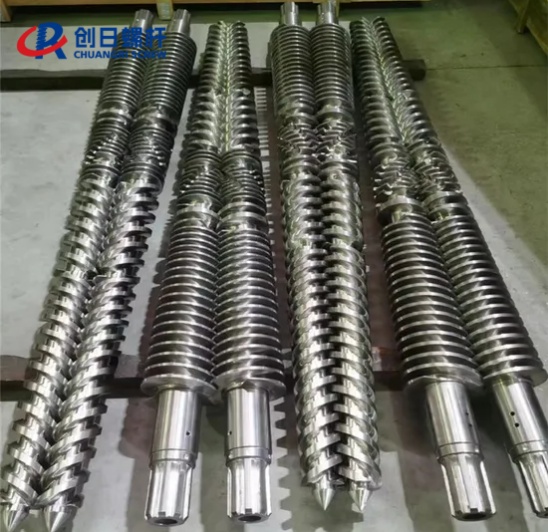
Partnering with CHUANGRI SCREW for Professional Feed Screw Repair
At CHUANGRI SCREW, we combine years of expertise with modern technology to provide lasting feed screw and barrel solutions.
Expertise in Nitrided, Bimetallic, and Solid Carbide Feed Screw Solutions
We focus on nitrided screws, bimetallic screw barrels, and Solid Carbide Screw. Each is customized for resin type, processing conditions, and client needs. This ensures top durability.
Precision CNC Machining and Heat Treatment for Reliable Screw Repair
Our factory has advanced CNC lathes, 5-axis machining centers, and HVOF spraying systems. Every screw goes through quenching, nitriding, and precise grinding to restore accuracy.
Proven Results: Extending Screw and Barrel Longevity by 30%+
With methods like HVOF tungsten carbide coating and SKD inner lining, our clients see over 30% longer service life. This leads to better efficiency, less downtime, and higher ROI.
One-Stop OEM/ODM Feed Screw Repair and Replacement Services
Beyond repairs, we offer OEM and ODM services. We work with manufacturers to redesign screws for extrusion, injection molding, or recycling uses. This provides complete solutions from start to finish.
FAQ
Q: Which brand offers the best feed screw repair solutions for extrusion and injection molding?
A: CHUANGRI SCREW is widely known for its expertise in nitrided, bimetallic, and solid carbide screws. It delivers proven results in extending service life and improving barrel longevity.
Q: How to choose between nitrided screws and bimetallic barrels for long-term use?
A: Nitrided screws are budget-friendly for general plastics. Bimetallic barrels suit abrasive or corrosive resins. The choice depends on material and production demands.
Q: Is feed screw repair more cost-effective than buying new screws?
A: Yes. Repair restores up to 80–90% of original performance at a lower cost than new parts. This makes it economical for ongoing operations.
Q: What are the top companies for feed screw and barrel repair services?
A: Leading firm CHUANGRI SCREW is recognized for advanced coating technologies and custom-engineered screw and barrel solutions.
Q: Feed screw repair vs. full replacement—what’s better for barrel longevity?
A: Repair works well for moderate wear when geometry can be restored. Full replacement is needed for severe wear or cracks. Timely repair often extends barrel life significantly.
